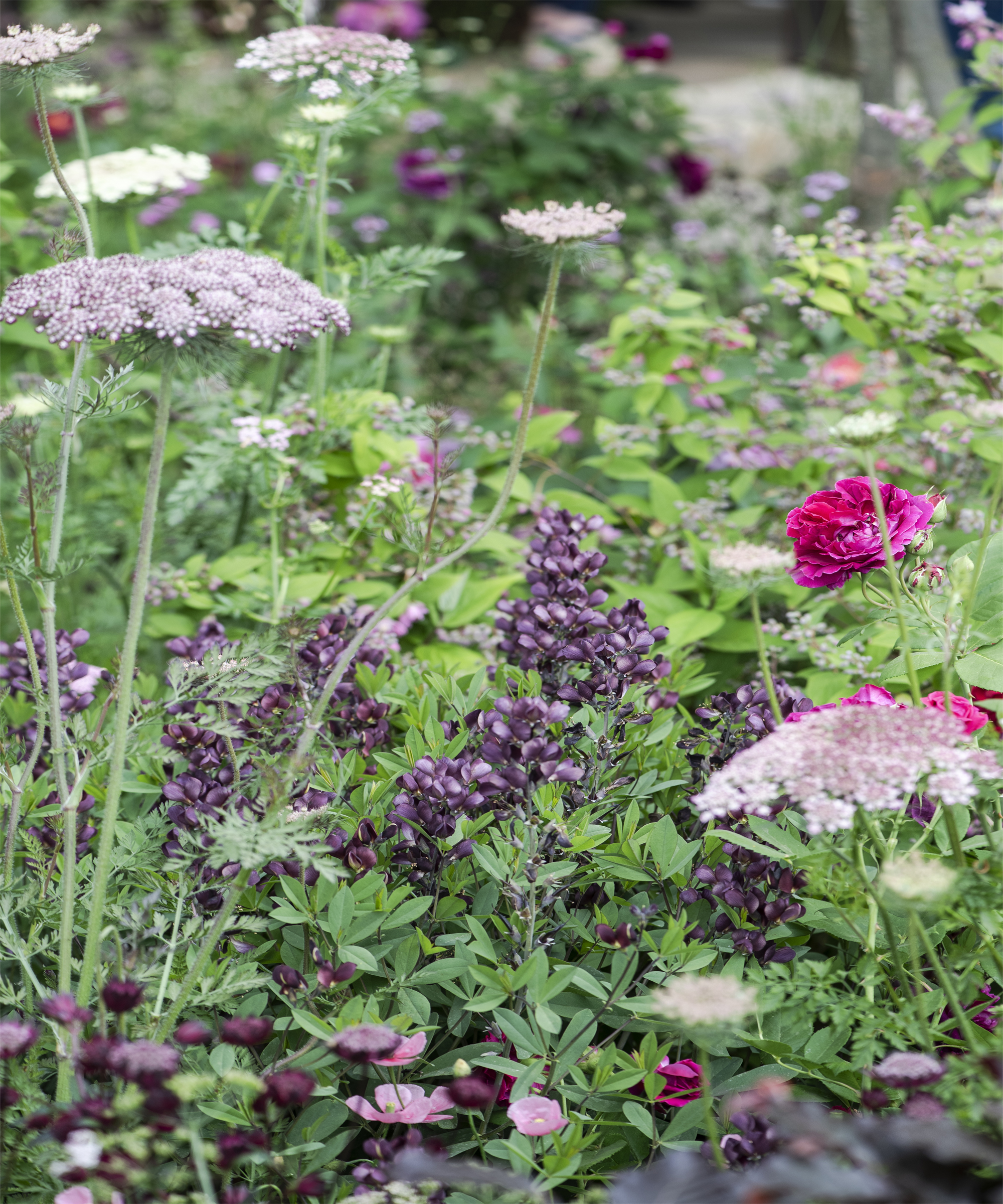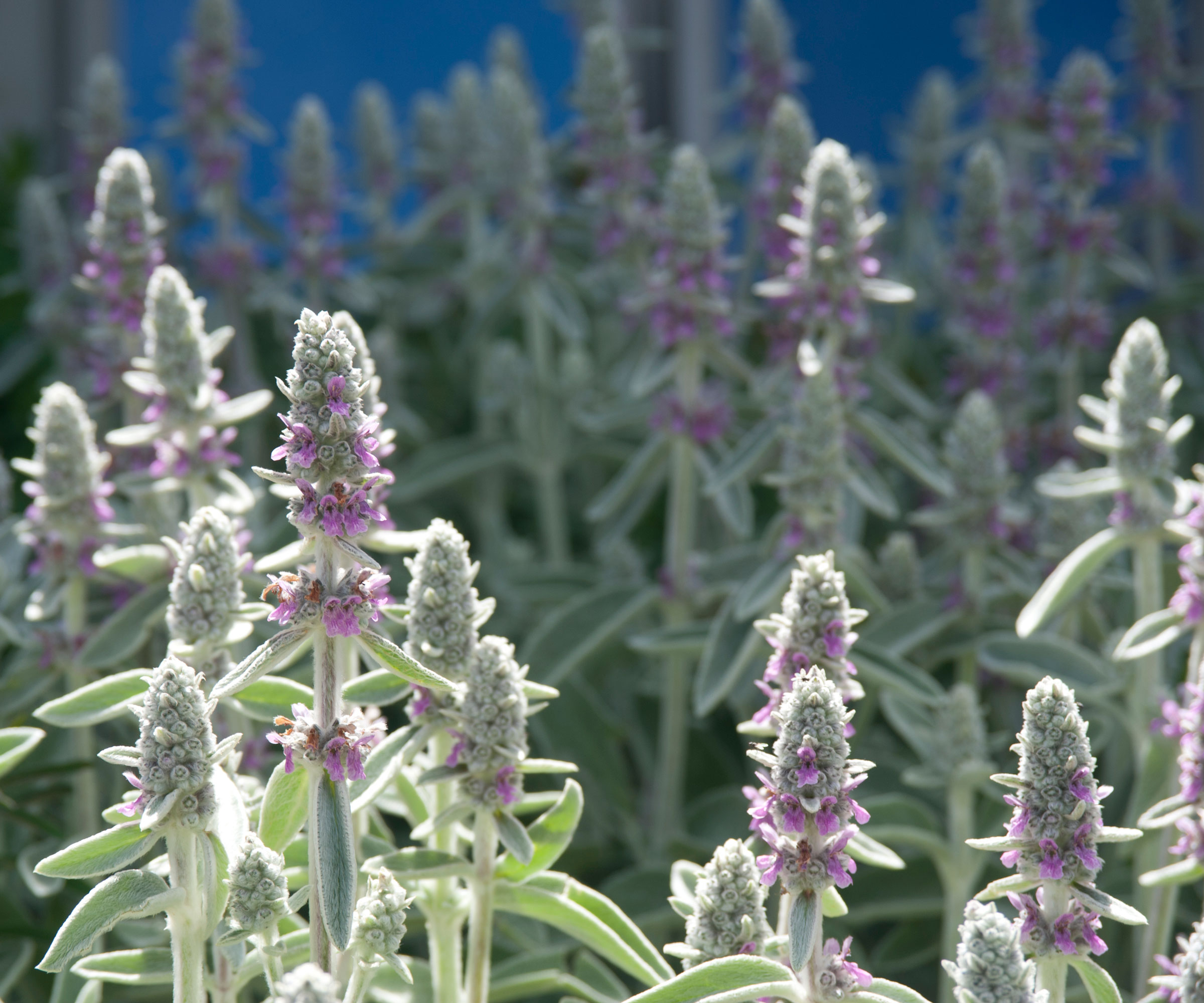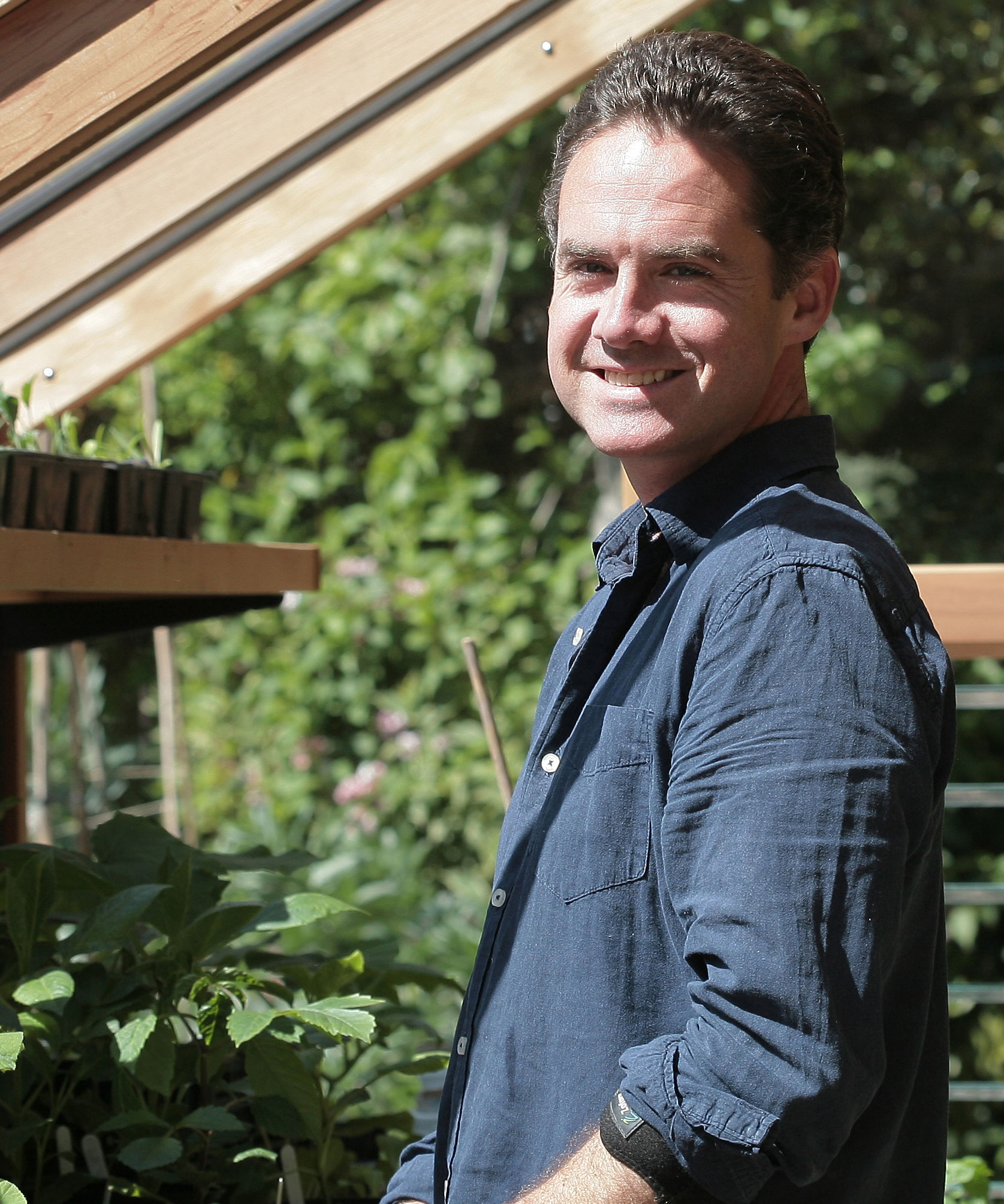How to turn an inhospitable hellstrip into an attractive extension of your yard – expert advice on designing, planting and staying within the law
Creating a hellstrip garden isn't as hard as you might think, as long as you follow these key dos and don'ts


Hellstrips can be a tough area to beautify, and any planting needs to be equally resilient and carefully thought through. Although commonly given over to lawn or neglected to the point of becoming a mass of trampled weeds, certain plants can thrive in this environment, supporting local wildlife and brightening up the local area.
Often ignored, hellstrip gardens are becoming increasingly popular, with the potential to vastly improving our urban environments. However, before you set out to cultivate the hellstrip in front of your property, we’ll take you through the potential regulations you might need to adhere to and discuss the dos and don'ts of hellstrip gardening.
Perfect for complementing or extending your front yard design, I spoke with experts to get their advice on hellstrip gardening and the right ways to incorporate them into your urban gardening ideas.

What is a hellstrip and who owns it?
Known as a boulevard or sidewalk strip, this narrow no-man's land between the sidewalk and the street is sometimes referred to as a hellstrip due to its inhospitable conditions.
Often trampled to compaction, splashed with salt over the winter, far from the nearest garden hose and surrounded by heat-reflecting pavement, it is hard to think of anything that would grow well here. However, some plant species are remarkably robust and, with only a little care, can transform these near-wasteland spaces.
When it comes to possession, hellstrips can be owned by the adjacent homeowner, but are more commonly the property of the local municipality.
Utilities often run underneath hellstrips, meaning that any access requests for maintenance must be accommodated. You can ask your utility company to inform you where any pipes or cables are located so you can plant accordingly.
Design expertise in your inbox – from inspiring decorating ideas and beautiful celebrity homes to practical gardening advice and shopping round-ups.
However, the responsibility of a hellstrip's upkeep, including mowing, planting and any weeding, generally falls to the adjacent property owner.
What are the rules and regulations on mowing or planting a hellstrip?

Regulations on what you are permitted to do with a hellstrip garden can vary between and across states. However, with climate change and temperatures rising, many governing authorities are relaxing their regulations to encourage homeowners and community groups to plant up and utilise these areas. Which, in turn, will hopefully improve the curb appeal and biodiversity of the local area and reduce air pollution and the risk of flooding.
'In many municipalities, the homeowner can plant the grassy area between the sidewalk and the street, often called the fairway or hellstrip' explains Andrew Bunting, VP of Horticulture for the Pennsylvania Horticultural Society and author of The Plant Lovers Guide To Magnolias (available on Amazon).
However, with the use of hellstrips being governed by the local municipality, it is prudent to check with them before designing or planting your hellstrip to ascertain what is allowed or if a permit is required.
Wherever you are located, the regulations generally state that any planting must be kept short enough to give pedestrians a clear view of the street and that access is to be preserved for any utility companies.
If you have a lawn as part of or all of your hellstrip, your local authority may stipulate that you must maintain it and mow any long grass. This is not only to keep the area looking well-kept, but also to ensure the safety of any pedestrians and to prevent overgrown plants from becoming a potential hazard.

Andrew Bunting is Vice President of Horticulture and leads the utilization of planting and design to promote environmentally sound gardening practices at PHS. Prior to arriving at PHS, Andrew worked at the Chicago Botanic Garden, Chanticleer Garden, and the Scott Arboretum for a tenure of 27 years, and has received many commendations for his work. In 2015, Andrew published his first book, “The Plant Lover’s Guide to Magnolias.
Best plants for hellstrip gardening

'Plants for the hellstrip need to be urban tough, drought resistant and often take hot and dry conditions' says Andrew Bunting.
Furthermore, when it comes to hellstrip gardening, you will also need to choose plants or shrubs that will remain under any stipulated height restrictions, or be committed to pruning them regularly. When considering what to plant, it is important to take into account how often you will be able to water them.
Being adjacent to the sidewalk, hellstrips are not usually near a garden hose, meaning that any irrigation is by hand and often put at the bottom of the to-do list. However, you may be able to install a drip irrigation system or a soaker hose, which can not only save you time but also reduce water wastage as well.
Due to the challenge of irrigating hellstrip gardens, homeowners and garden designers often choose drought-tolerant perennials and native planting, as once established, they can survive prolonged dry spells and are often naturally suited to local conditions.
Furthermore, as gardening expert Annette Hird suggests, 'by sticking to native species endemic to the region, means that the plantings are both eco-friendly and can provide food sources for local wildlife, including birds'.
Tough plants such as Russian sage and lamb’s ears can work well as they are considered hardy in USDA zones 4 – 9, can cope with poor soil and require little ongoing maintenance.
Ornamental grasses are also a common choice for hellstrip gardening, as whatever the growing conditions, there is usually one that will suit. Providing texture and movement, grasses such as this dwarf prairie dropseed from Nature Hills are a good choice as they are considered hardy in USDA zones 3 – 9 and can tolerate dry, shallow soil conditions and air pollution.
For hot and dry conditions, sedums and stonecrops can be another good choice. Storing water in their fleshy leaves, they are drought-tolerant and ideal for a hard-to-irrigate hellstrip. Furthermore, varieties such as this low-growing SunSparkler® Lime Zinger Sedum from Nature Hills, suitable for US zones 4 – 9, will help suppress weeds and attract butterflies when it flowers in late summer to early fall.
However, as Annette Hird rightly says, 'always make sure you're not planting any species that are considered invasive in your state. Checking with the local Extension office is always a good idea.'

Annette Hird has an Associate Diploma in Horticulture and is an urban gardening expert. She has worked as a professional propagator and managed, maintained and improved many urban and rural gardens. She also enjoys growing her own fruit, vegetables, herbs and flowers as well as many different types of ornamental plants.
Design ideas for hellstrip gardens

Planting up a hellstrip can add curb appeal to your home, but for the best results, consideration needs to be taken to ensure that it is in keeping with your front yard, if you have one.
To encourage cohesion with your front yard, you can choose to plant up your hellstrip in the same style or with similar plants or colors. For example, if you have a cottage garden style or low-maintenance front yard, you could continue your theme into the hellstrip using similar but low-growing varieties or only a few of the same plants but in repetition or swathes.
Hellstrips can also be used to grow vegetables, or as Andrew Bunting suggests, 'these areas can also become pollinator gardens and would be a good place for the common milkweed, Asclepias syriacus and the butterfly milkweed, Asclepias tuberosa'.
Another factor to consider when designing a hellstrip garden is a pathway from the street to the sidewalk, as this will hopefully discourage any pedestrians from trampling on the plants. This is key, especially if you live in a built-up urban environment or if there is on-street parking.
For those short on time or perhaps new to gardening, low-maintenance plants and shrubs can be a great addition to your garden.
However, if you are concerned that low-care plants mean low impact, this expert selection of plants that never need pruning, will still make a great impression, whether you give them a light prune or not.

Edward Bowring is a horticultural therapist and writer with a passion for gardening and the health benefits that it has to offer. With a background in occupational therapy, Edward worked within health care settings where he witnessed first-hand the healing power of gardening and has managed and run therapeutic kitchen and community gardens ever since.
You must confirm your public display name before commenting
Please logout and then login again, you will then be prompted to enter your display name.